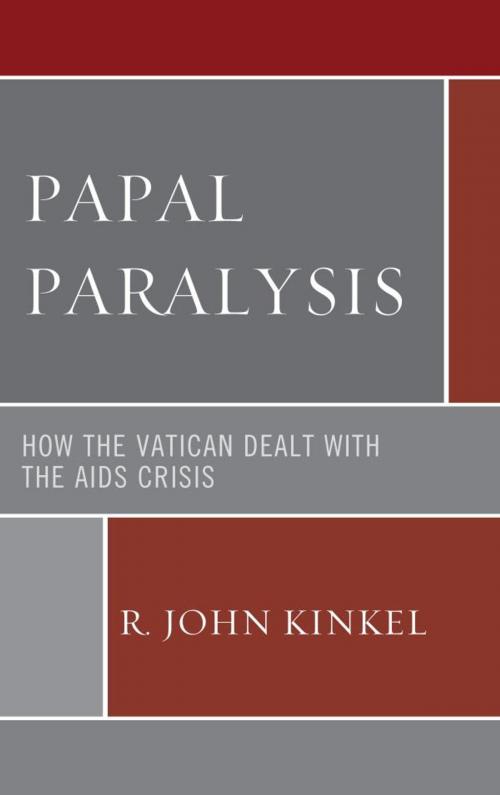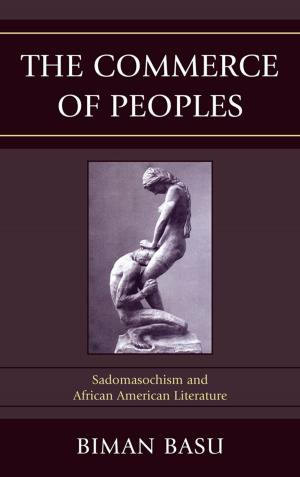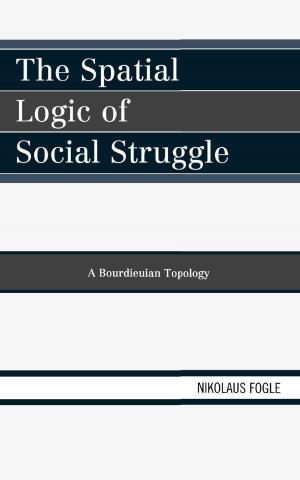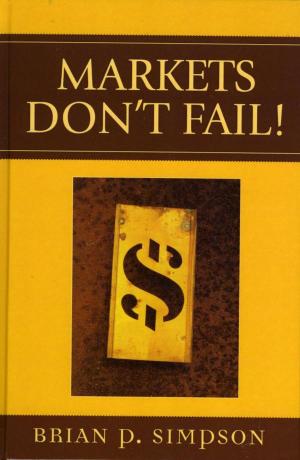Papal Paralysis
How the Vatican Dealt with the AIDS Crisis
Nonfiction, Religion & Spirituality, Christianity, Church, Clergy, Denominations, Catholic, Catholicism| Author: | R. John Kinkel | ISBN: | 9780739176856 |
| Publisher: | Lexington Books | Publication: | December 12, 2013 |
| Imprint: | Lexington Books | Language: | English |
| Author: | R. John Kinkel |
| ISBN: | 9780739176856 |
| Publisher: | Lexington Books |
| Publication: | December 12, 2013 |
| Imprint: | Lexington Books |
| Language: | English |
Papal Paralysis utilizes the historical case study method to describe the moral and ethical dilemma Catholic Church officials face when asked to help fight the worldwide spread of AIDS. If popes and bishops allowed the use of condoms to prevent the spread of AIDS, conservatives would say that the Church was abandoning its teaching against the use of contraceptives. On the other hand, if the Vatican rejected the use of condoms to prevent the spread of AIDS, many Catholics would be put at risk for contracting HIV/AIDS. By the early 1980’s John Paul II made it clear that being a Catholic meant being opposed to artificial birth control. When confronted with the AIDS pandemic in the 1980s, he applied his understanding of church moral theology to this new health care problem and fought HIV/AIDS through preaching abstinence and fidelity, but did not endorse the use of condoms. Despite opposition to this teaching by more than 30 high ranking bishops and cardinals, John Paul II and his successor, Benedict XVI, refused to change. Not until 2010 did the Vatican’s Congregation for the Doctrine of the Faith state, with papal approval, that using a condom to prevent spreading AIDS was morally superior to its opposite. The book concludes that the church’s failure to properly deal with the AIDS crisis was its greatest modern scandal, with the end result being thousands of lives lost.
Papal Paralysis utilizes the historical case study method to describe the moral and ethical dilemma Catholic Church officials face when asked to help fight the worldwide spread of AIDS. If popes and bishops allowed the use of condoms to prevent the spread of AIDS, conservatives would say that the Church was abandoning its teaching against the use of contraceptives. On the other hand, if the Vatican rejected the use of condoms to prevent the spread of AIDS, many Catholics would be put at risk for contracting HIV/AIDS. By the early 1980’s John Paul II made it clear that being a Catholic meant being opposed to artificial birth control. When confronted with the AIDS pandemic in the 1980s, he applied his understanding of church moral theology to this new health care problem and fought HIV/AIDS through preaching abstinence and fidelity, but did not endorse the use of condoms. Despite opposition to this teaching by more than 30 high ranking bishops and cardinals, John Paul II and his successor, Benedict XVI, refused to change. Not until 2010 did the Vatican’s Congregation for the Doctrine of the Faith state, with papal approval, that using a condom to prevent spreading AIDS was morally superior to its opposite. The book concludes that the church’s failure to properly deal with the AIDS crisis was its greatest modern scandal, with the end result being thousands of lives lost.















